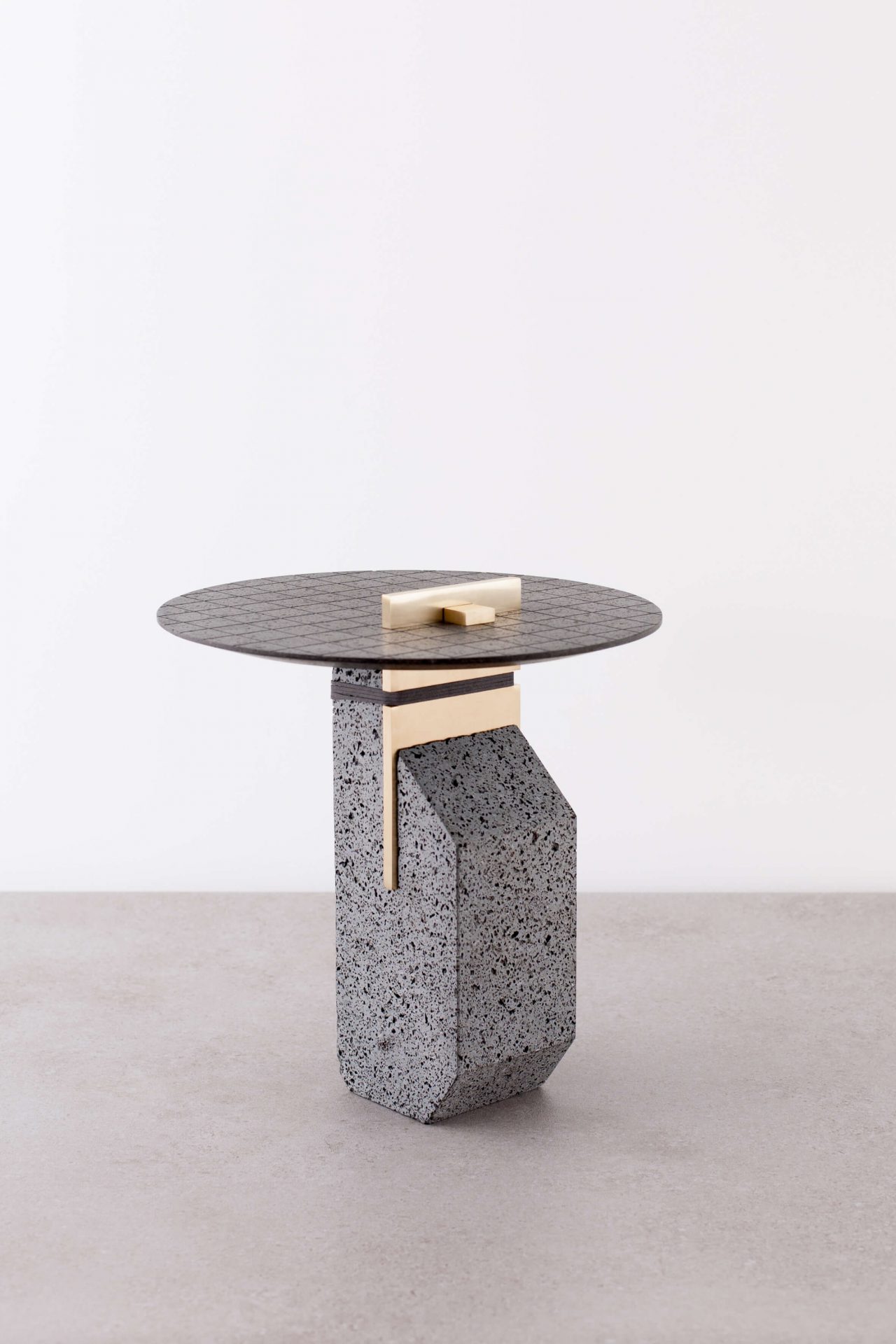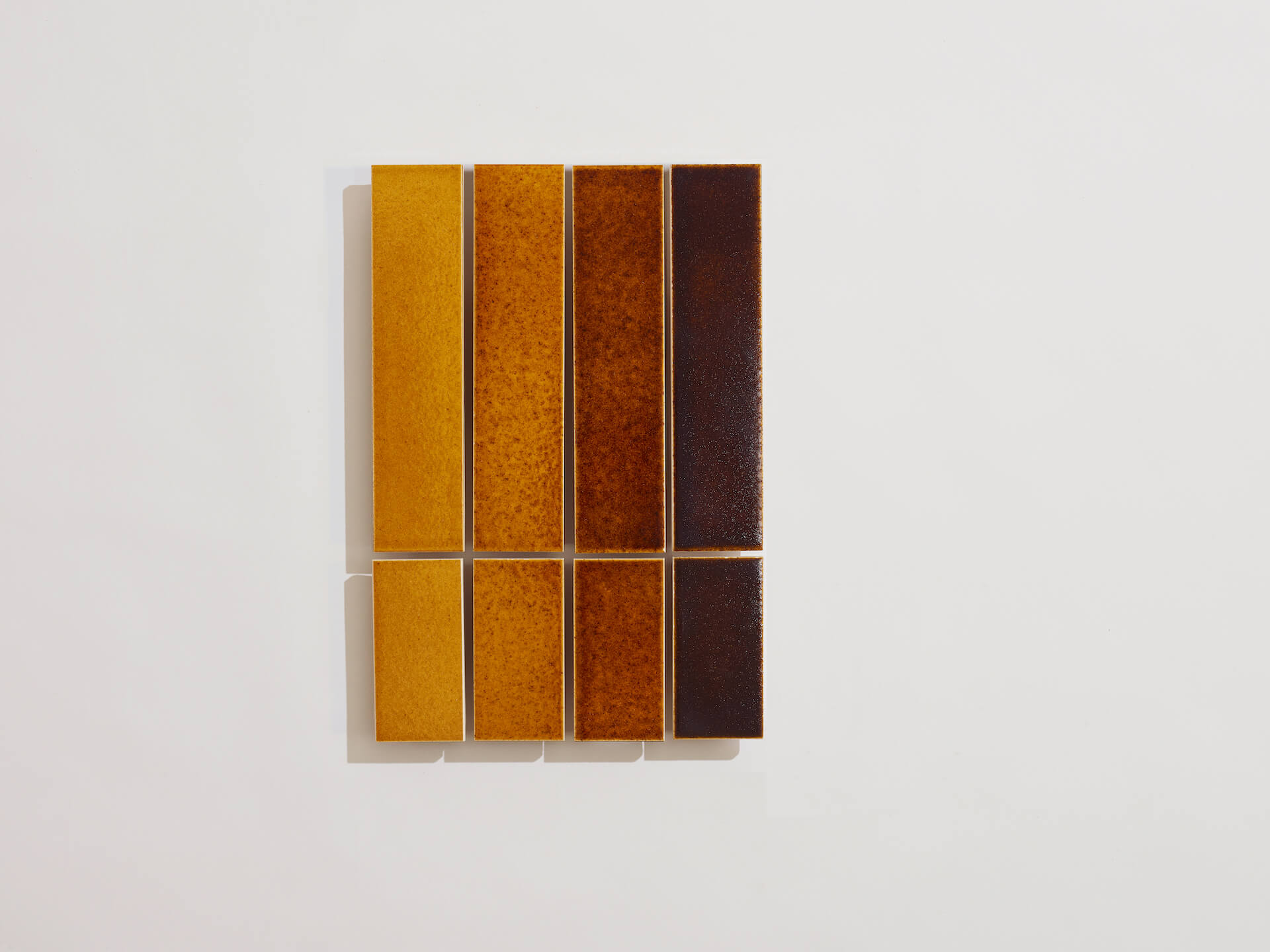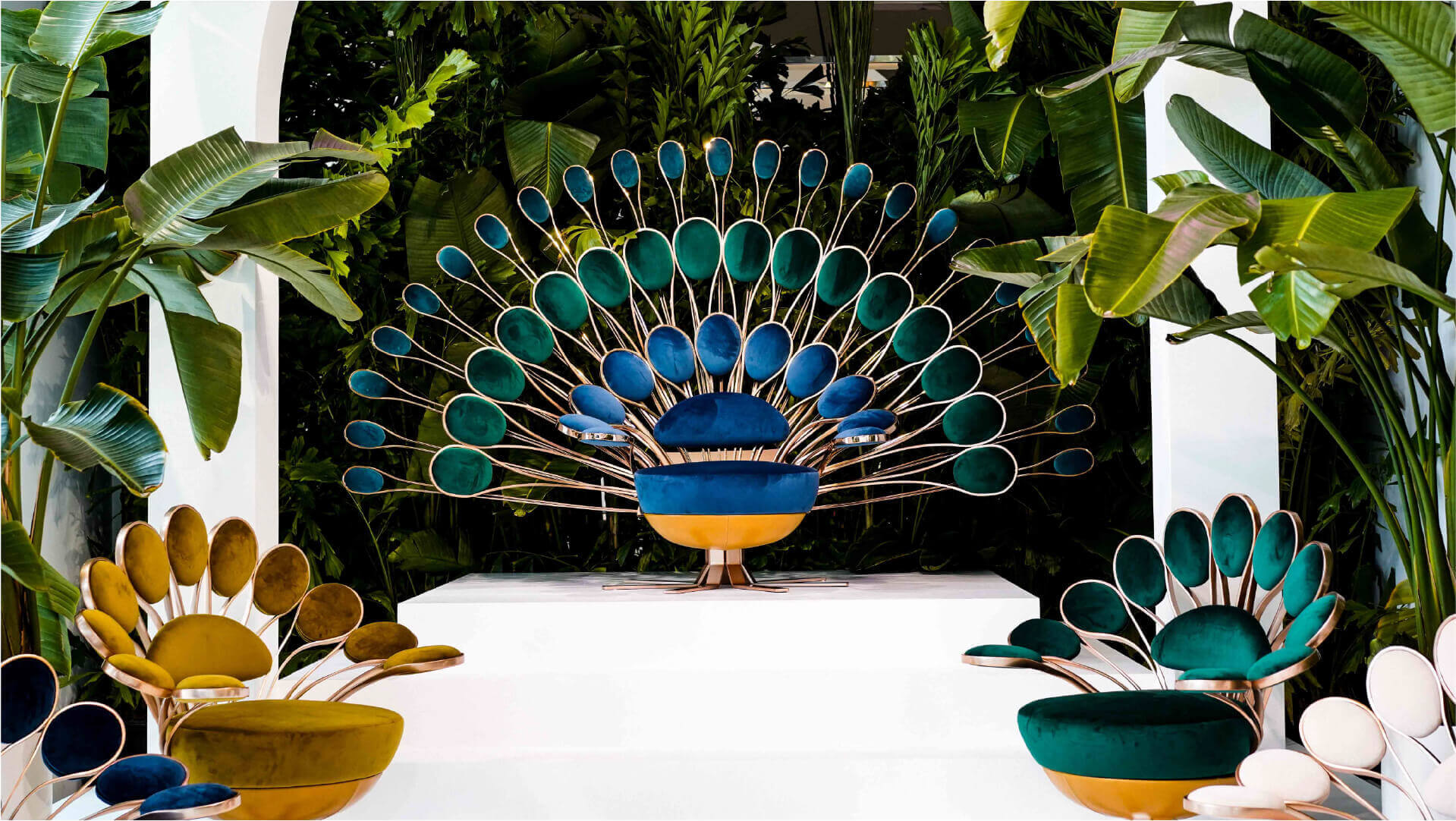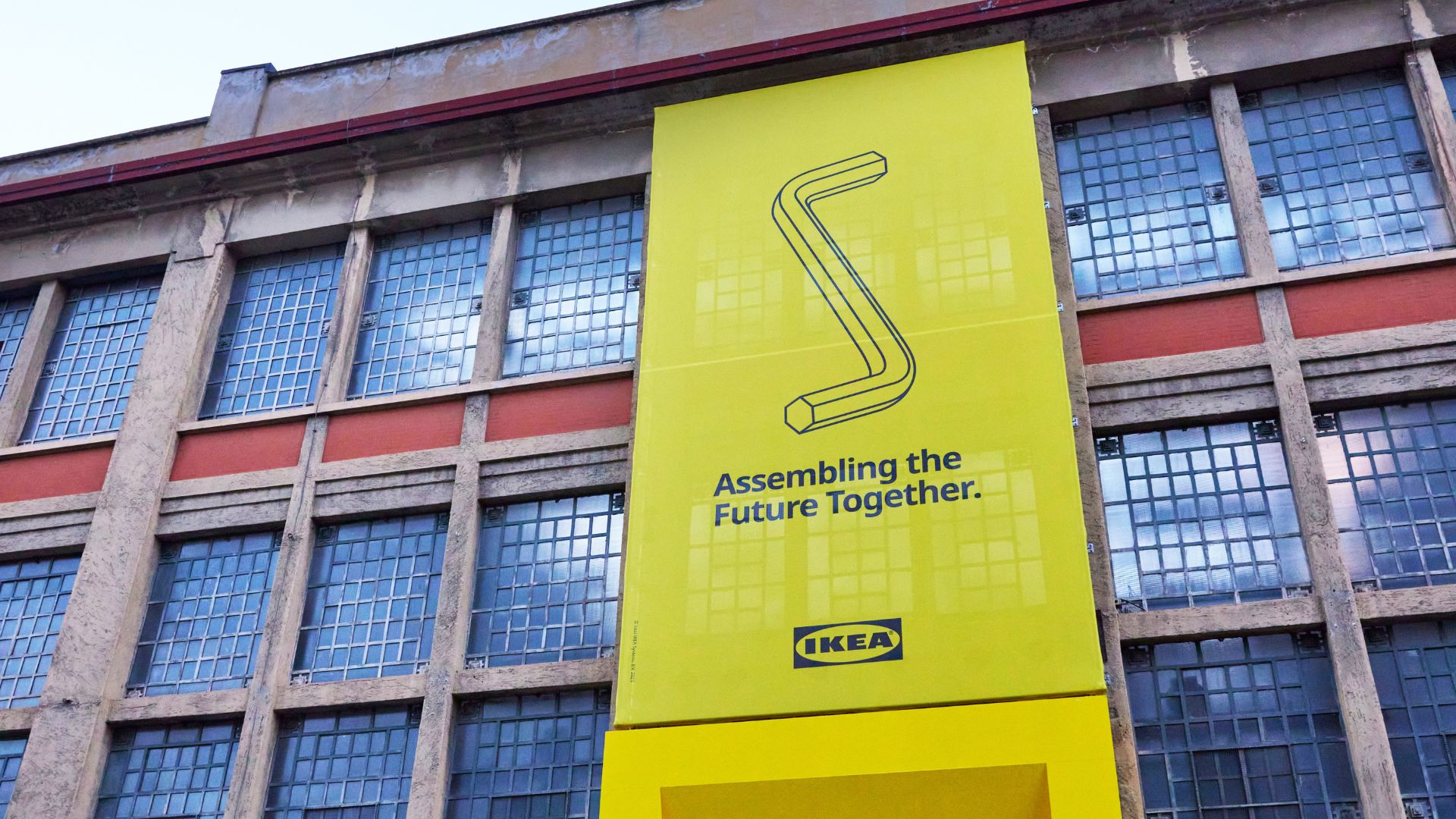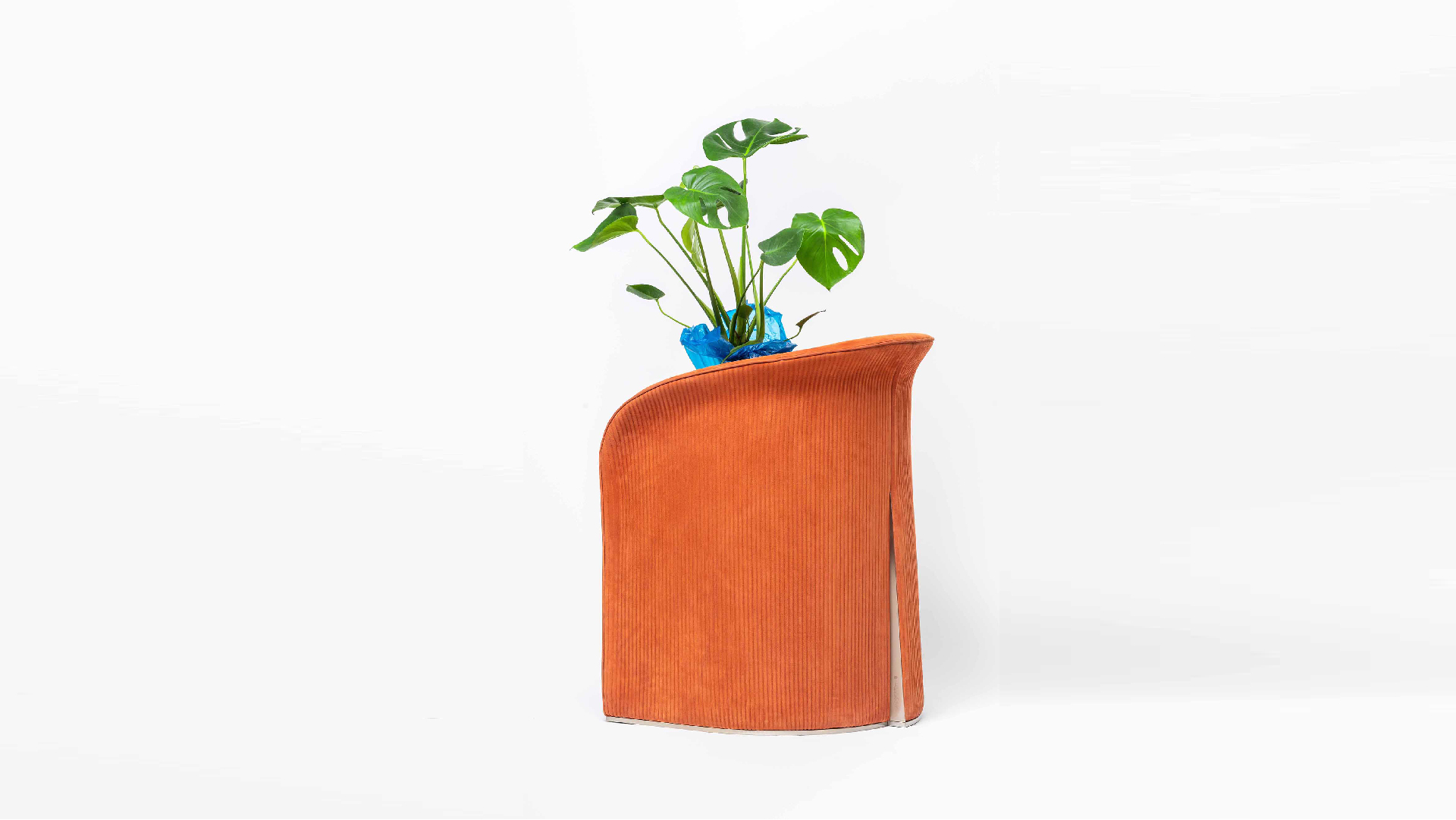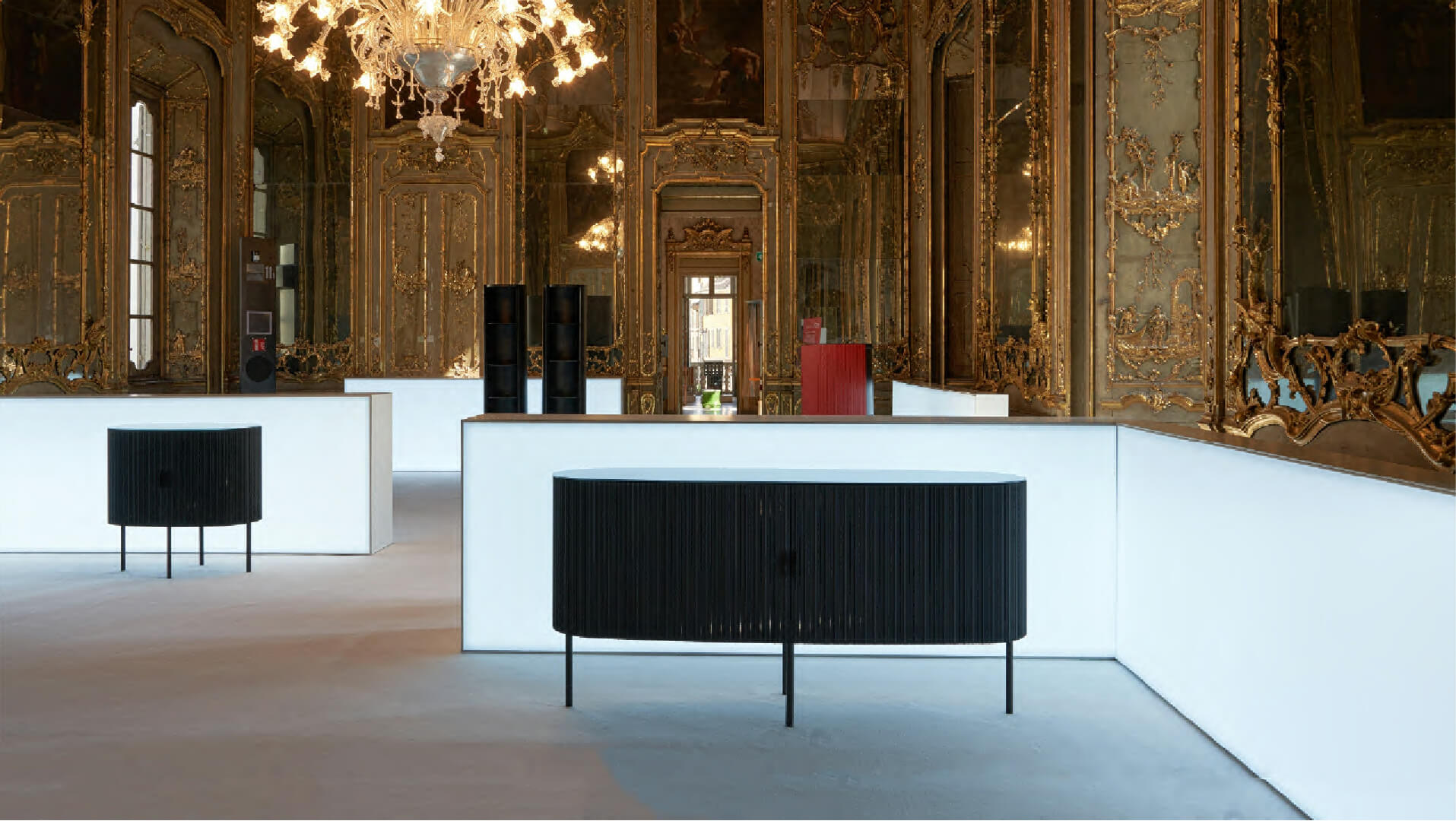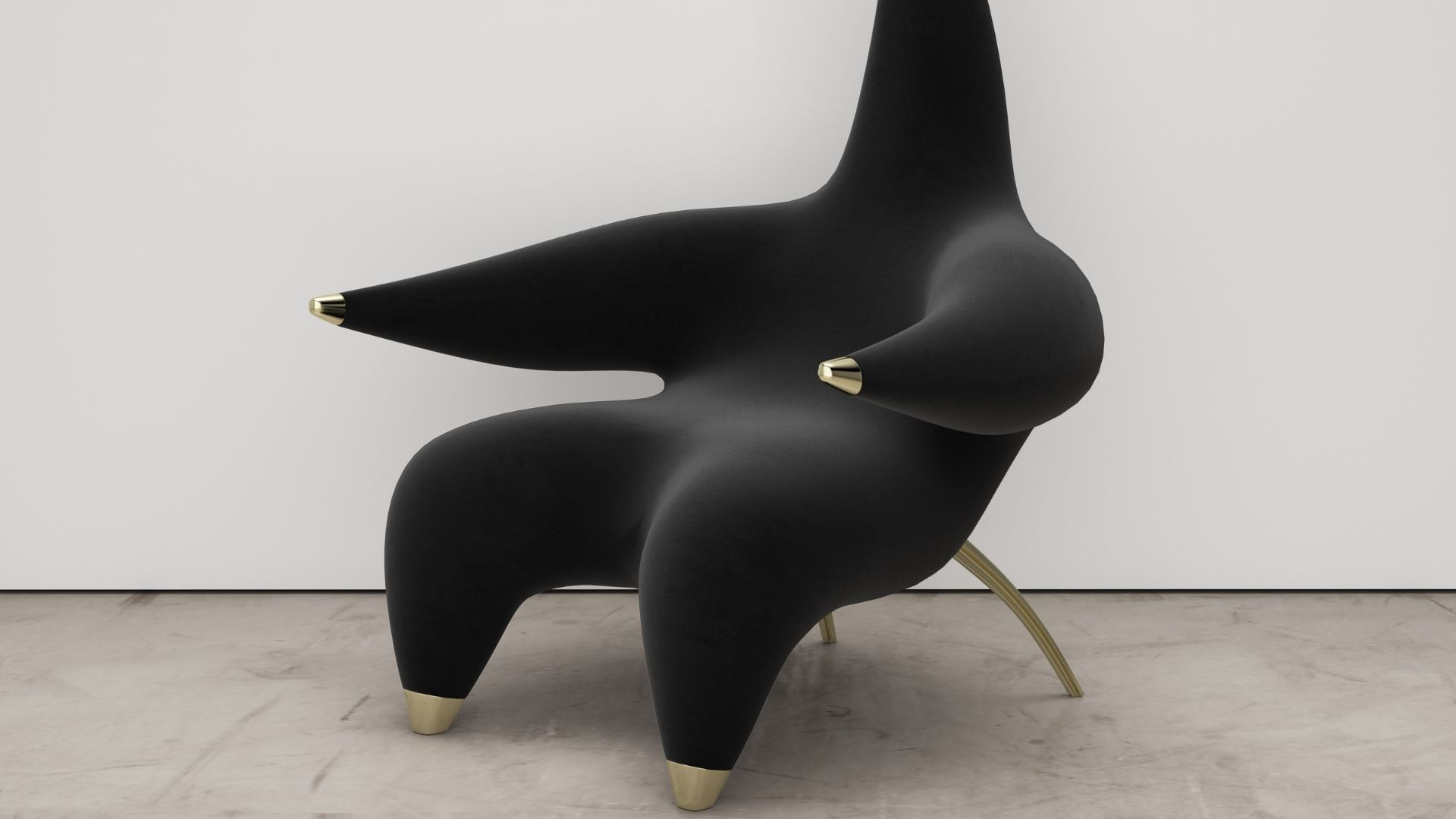From experimental and esoteric inspirations into incredible and tangible projects
Lead by Italian duo Andrea Trimarchi and Simone Farresin, Formafantasma is an Amsterdam-based design studio focusing on experimental material investigation, making research the essence of their work.
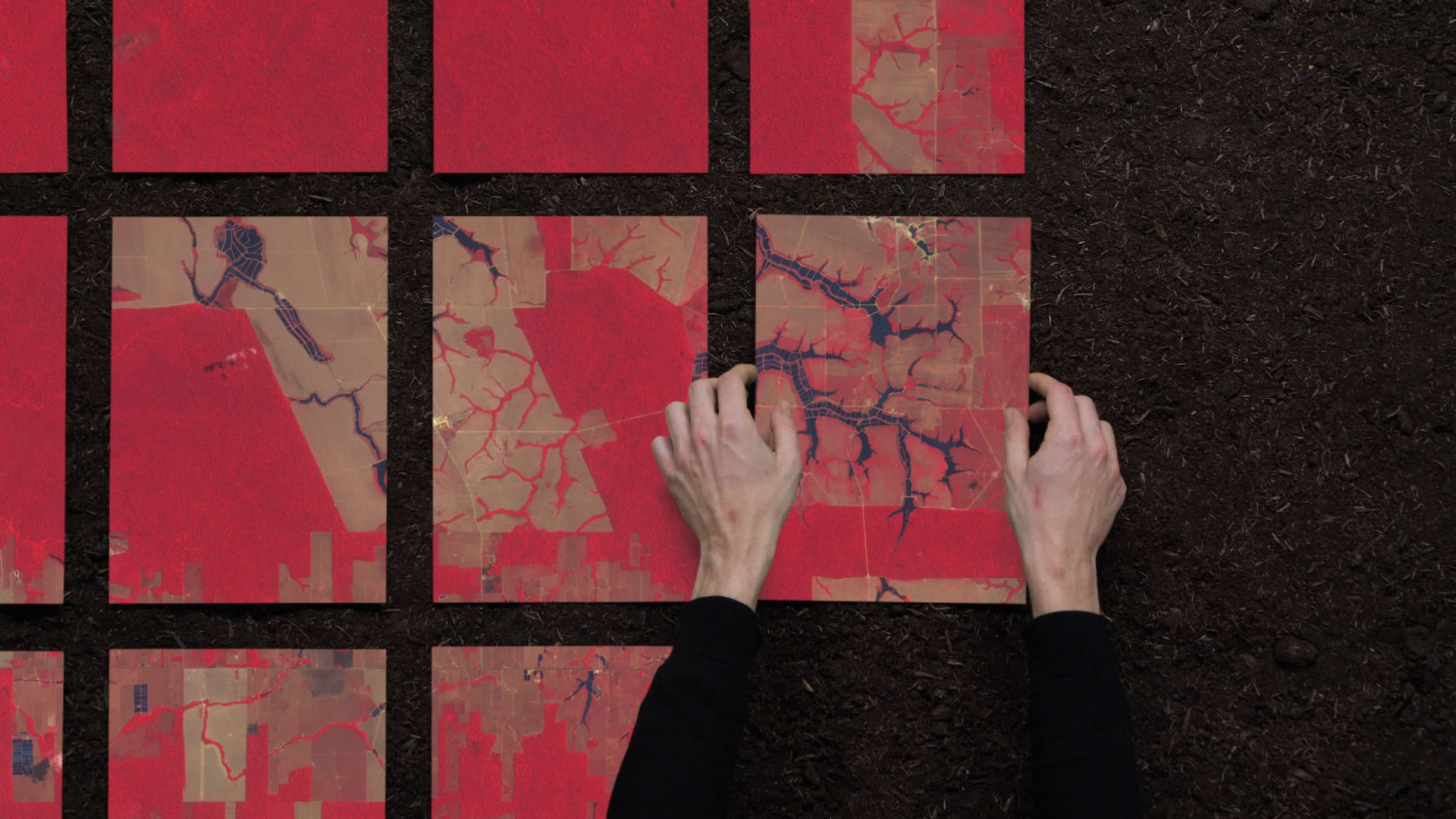
After graduating from the Design Academy Eindhoven in 2009, Andrea Trimarchi and Simone Farresin founded Formafantasma. Since then, the duo has developed a body of work characterized by the experimental material investigation and the exploration of issues such as the relationship between tradition and local culture, critical approaches to sustainability and the significance of objects as cultural conduits.
The duo perceives their practice as a bridge between craft, industry, object, and user. It is through their work that they aim to forge the links between their research-based practice and a wider design industry. The duo perceives their practice as a bridge between craft, industry, object, and user. It is through their work that they aim to forge the links between their research-based practice and a wider design industry.

For Formafantasma, research is responsible for some of their most interesting, unique and conceptually rich pieces. The very intricate and detailed stories behind their work make their designs incredibly significant and always surprising.
Who are Andrea Trimarchi and Simone Farresin? How did your journey in design begin?
Formafantasma:
“We met in Florence during our bachelor’s. Then we decided to apply to the Master at Design Academy in Eindhoven. We did so as a duo. With one portfolio for the two of us.”

Why Formafantasma? Why focus on research and experimental design?
Formafantasma:
“We had this name in mind (formafantasma) since we started working together really at the early beginning. If you translate it in English it means ghost shape. It is actually pointing out how our work is not driven by formal research but more by a conceptual approach.
In general, our fascination for objects lays in their ability to represent human history and even possible futures. We see Design as a discipline meant to question and envision social-cultural end even political changes. Despite this, our projects always start from our own personal fascinations.
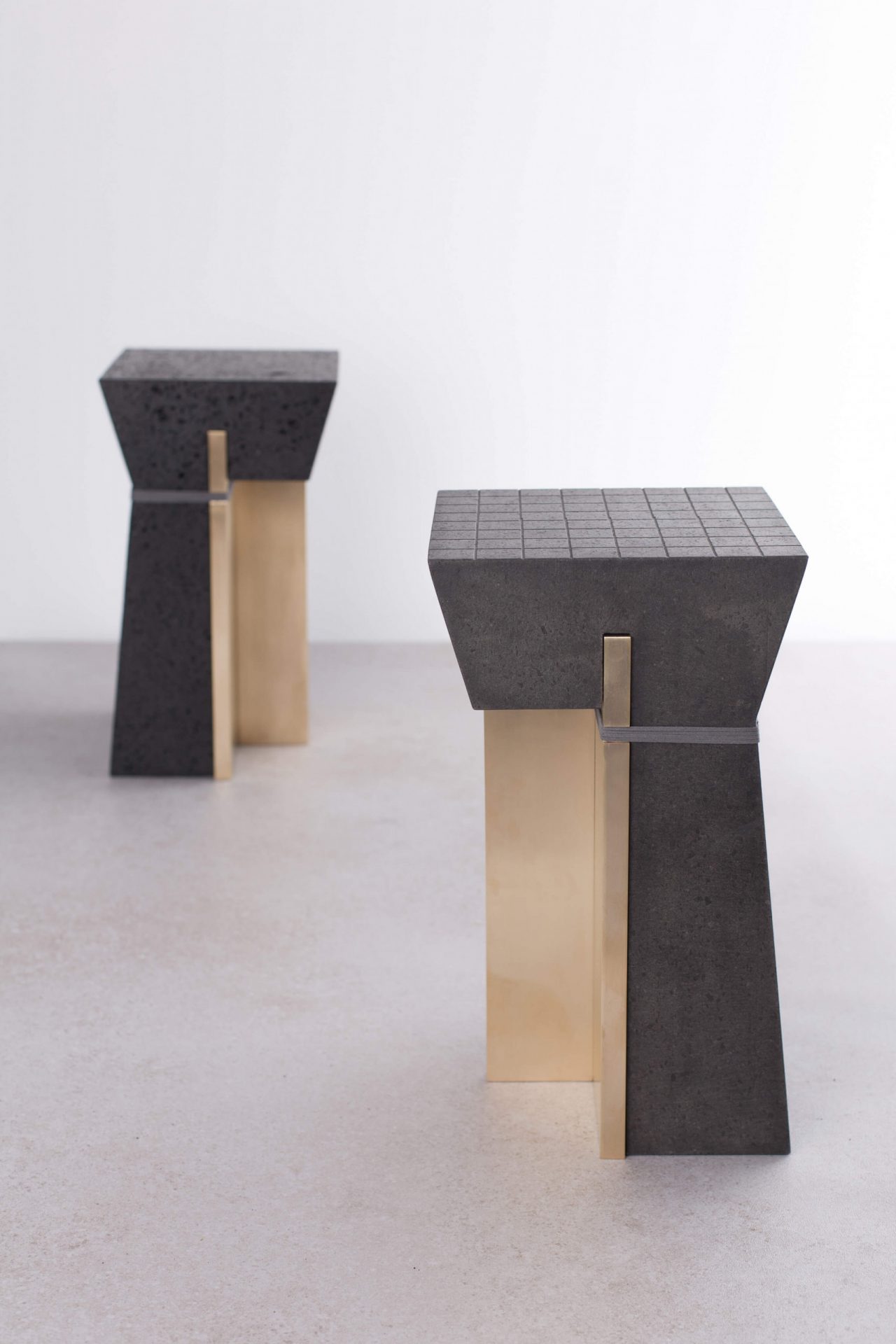
The translation of these intuitions into design sees the transformation of intimate ideas into more sharable concepts. We, as designers, work almost as filters. Our projects are the result of a process of distillation. We always know where we start but never where we are going to end.”
Which are the main values, core concepts or style inclinations that, above all, will always represent Formafantasma?
Formafantasma:
“Obviously aesthetics is important in the sense that whatever we produce is a visual addition to an already saturated world of images. In general, we are not interested in talking about our work in terms of aesthetic outcomes or even less in terms of style. We are not stylists. What will always be recognizable is our approach, our process. The translation of ideas into form is our intuitive part.”

Formafantasma has worked with international clients and created incredible works around the world. Can you tell us what is your design process? What are the first steps you take when starting a new project?
Formafantasma:
“Every project is a different experience. The starting point can be a material sample or a concept that comes out during the development of a previous project. Usually one of us gives the first input and immediately we start to work together on it, discussing for hours!
We are not the type of designers that spend most of their time sketching forms… that is the last step. We start from a concept and we later create an archive of images and texts that help us to communicate our point of view on the subject to the other one. There is a lot of verbal and visual communication.

The first maquette is almost a magical moment: we always find objects we have in our house or studio that we can use, stacked or attached to check the first proportions and to have the first translation in 3D of all the time we spent discussing (and arguing!). That is an exciting moment.”
“We learned to know this is quite unusual for designers, but often we write about our work in the middle of the process to refine our thinking and identify any weaknesses.
All of the above describes our process when developing a product-based design. If we are talking about our research-based projects, such as Ore Streams and Cambio, the process is different in these cases. It is about first researching in published materials then reaching out to a variety of practitioners that can help us develop a more holistic perspective.
In the case of Ore Streams for instance (a project about electronic waste, it’s recycling, and repairing) we have been for instance connecting to recyclers in Europe, in developing countries, with activists, with Interpol, with universities and producers. We record interviews and cross the information we collect in the attempt to develop design-based observations that could potentially be applied to improve the subject of investigation.”

You are lecturing and heading workshops in various Universities and Institutions, how did this start? What made you want to work with students?
Formafantasma:
“From September 2020 we are going to head the GEO DESIGN master’s department of the Design Academy in Eindhoven. We want to work with students because education is the place where potentially we could be more radical. Ideas do not disseminate through products.
This is a statement we wrote about the department: The department GEO—DESIGN within the Master’s course acknowledges the legacy of industrial production as the fundamental source for the expertise and agency of the designer, whilst at the same time problematizing and addressing industrial production’s historic contribution to environmental and social instability and its incompatibility with models of sustainable or even survivable futures.”
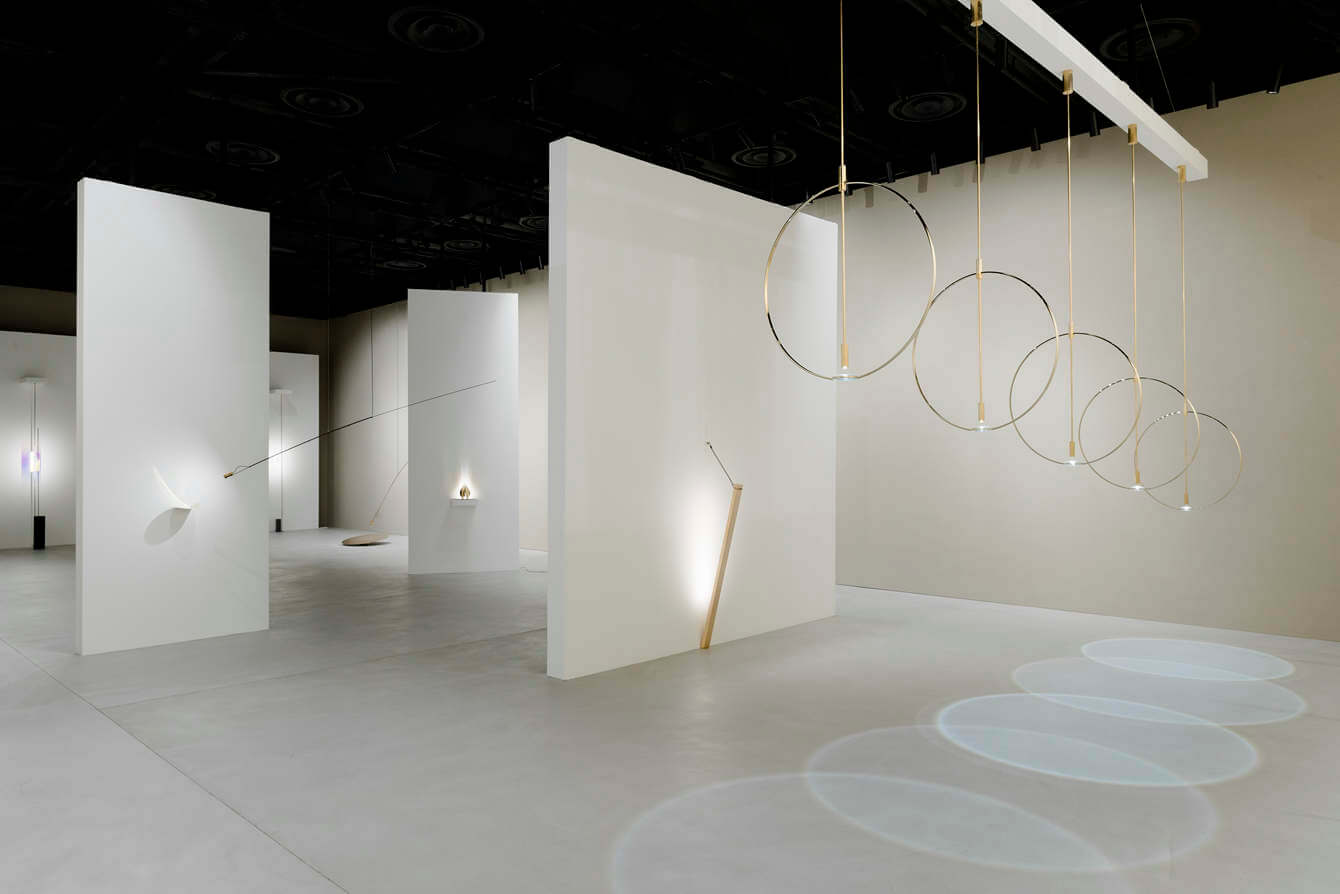
As a department, GEO-DESIGN will grow as an octopus, with a complex central consciousness and individual far-reaching tentacles. Students will develop research and communication tools to facilitate a deeper understanding of today’s complex reality but most of all to propose transformative interventions through design and its material, technical, social, and discursive possibilities.
In order to achieve this, GEO-DESIGN assembles a framework of diverse knowledge – from material histories to cultural world-views, from humanism to ecology, from plant and animal rights to artificial intelligence, from the Earth’s core to outer space.

The department will be embedded in trans-disciplinary collaboration to increase the scale and depth of the research, but also to take an ethical position that respects the expertise, lived experience, skills, resources, or communal significance of individuals and institutions in other fields.”
Thinking about the many talented and ambitious students out there, what is the most important piece of advice you would give to recent graduates in the design field?
Formafantasma:
“To do not compromise at the beginning. You are broke in any case so you better think what matters for you at least in the first two years!”

What is the next step for Formafantasma?
Formafantasma:
“Starting the department in Eindhoven mentioned above. Continuing our latest project Cambio. Working on an editorial project (still to be conceived fully) and developing some product based project with furniture companies we have been in contact with for a while.”



